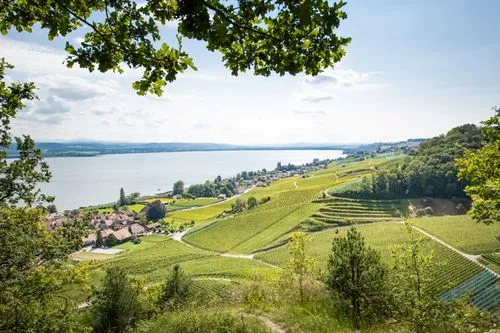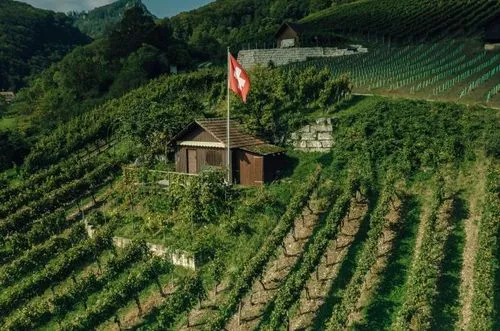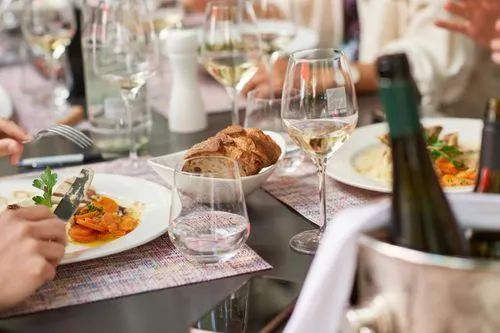Proud of its appellations, its millennial history, its centuries-old traditions and its spectacular panoramic views, the canton of Vaud has six sub-regions and eight AOCs. Spread over more than 3,782 hectares, this region strongly influenced by the proximity of lakes is full of oenological, historical and cultural jewels.
The only Swiss wine region to cultivate a majority of white grape varieties, canton Vaud reveres its emblematic grape variety: however, in this region that is very attached to the notion of terroir, Chasselas is not mentioned, but rather place names, such as Yvorne, Féchy, Dézaley, or one of the nearly 150 production sites listed.
Vaud is distinguished above all by fresh and fruity white wines from the Chasselas grape whose delicacy, with numerous aromas, reflects the great diversity of soils. Red wines, made from Gamay and Pinot Noir grapes, represent around one-quarter of production.
Wine region of the canton of Vaud
The home of Chasselas

Vaud: Key Figures
These graphs present some key figures for the wines of the canton Vaud
Red surface
(1310 HA)
White surface
(2469 HA)
Grape Variety Distribution in Vaud
A
B
C
D
E
F
G
Chasselas, 2233 HA
Pinot Noir, 476 HA
Gamay, 311 HA
Gamaret, 148 HA
Garanoir, 126 HA
Chardonnay, 47 HA
Others, 438 HA
The map of AOC in the region
Canton Vaud has 7 AOC and 3 AOC Grand Cru.
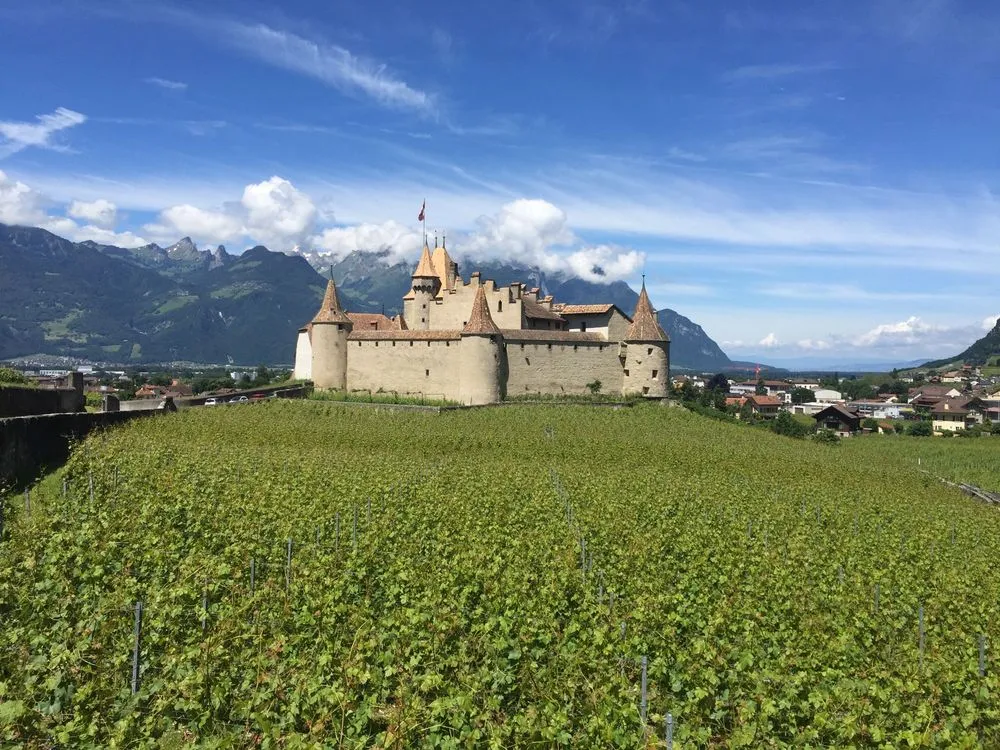
Chablais
The Chablais wine region covers about 590 hectares in the south-west of Switzerland, between Lake Geneva and the foothills of the Alps. The chalky soils and mild climate, characterised by warm foehn winds, give the wines a pronounced minerality and freshness. Here, the Chasselas in particular displays powerful, slightly salty notes. Famous wine-producing villages include Aigle, Yvorne and Ollon, which, in addition to white wines, also produce expressive reds, mainly from Pinot Noir and Gamay.

Lavaux
Listed as a UNESCO World Heritage Site since 2007, the Lavaux vineyard covers around 800 hectares between Lausanne and Montreux, overlooking the shores of Lake Geneva. Shaped by centuries of terraced cultivation, this unique landscape reflects the harmony between man and nature. Protected by a favourable microclimate, influenced by the reflection of the lake and the optimal sunshine of the hillsides, also known as the ‘three suns’. This refers to the direct sunlight, the reflection of the light by the lake and the heat stored by the dry stone walls.
Lavaux is the birthplace of great white wines, particularly Chasselas, the region's emblematic grape variety. This sloping vineyard, supported by dry stone walls, is testament to ancestral wine-making expertise and produces wines of remarkable finesse and minerality.

La Côte
The largest wine region in the canton of Vaud extends over some 2,000 hectares along the northern shore of Lake Geneva, between Lausanne and Geneva. The gently rolling hills and limestone soils provide ideal conditions for Chasselas, which develops fresh, fruity and floral notes here. In addition to white wines, remarkable red wines are also produced from Pinot Noir and Gamay. The temperate climate ensures a long ripening period, giving the wines a pleasant elegance and finesse.
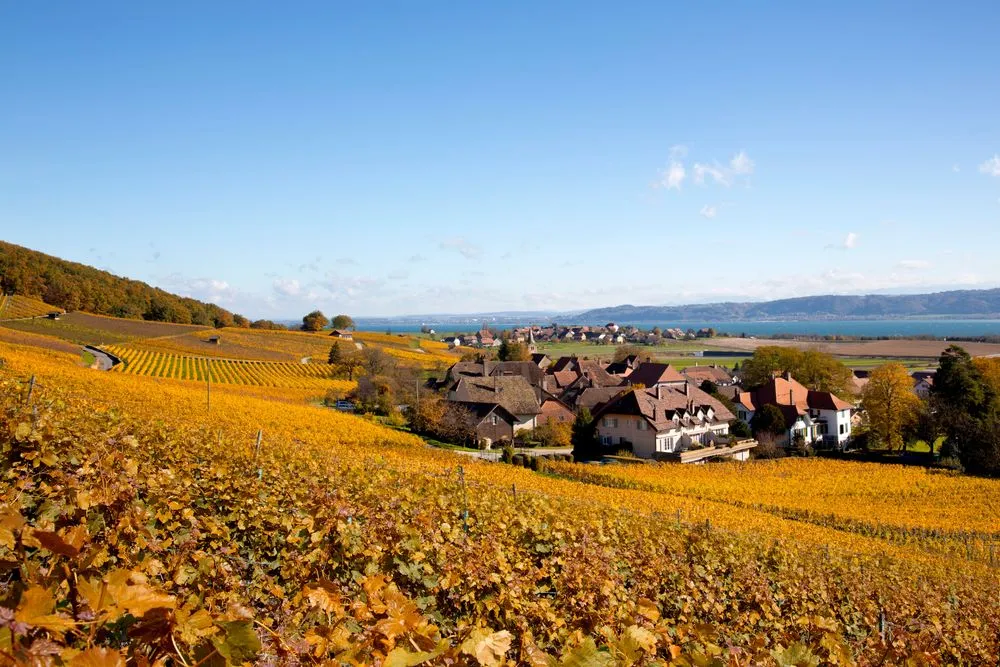
Bonvillars
Located north of Lake Neuchâtel, the Bonvillars wine region covers around 190 hectares and benefits from calcareous soils and a temperate climate influenced by the lake. The region is known for elegant, mineral Chasselas wines and characterful Pinot Noirs, which impress with their fine structure and spice. Gamay and specialities such as Garanoir complement the range. The appellation extends over several municipalities, including Bonvillars, Concise and Onnens.
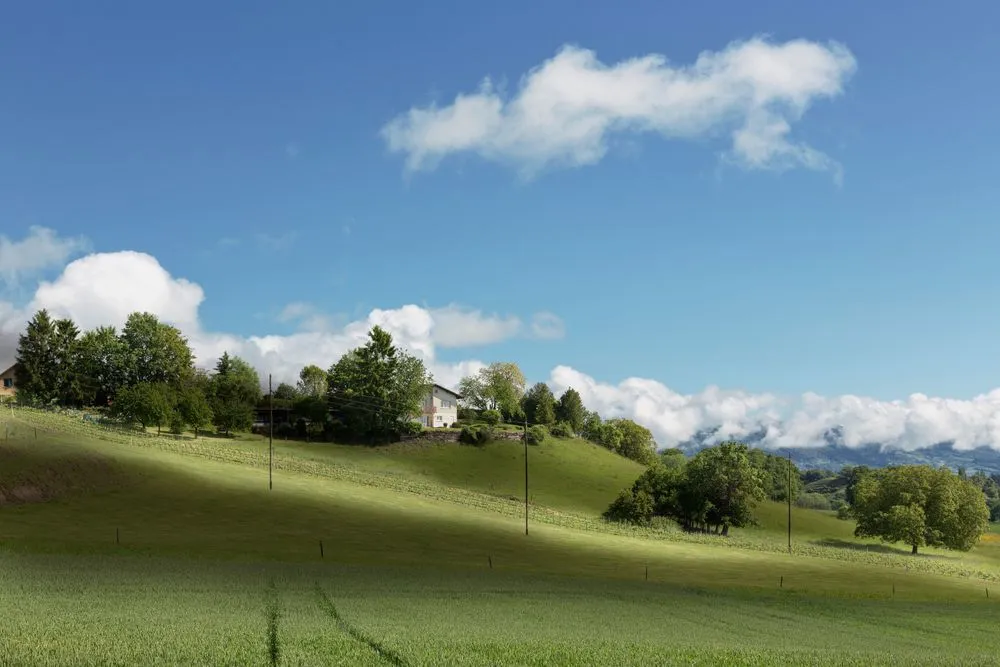
Côte de l'Orbe
This wine region, located between Lausanne and Yverdon-les-Bains, covers around 170 hectares of vineyards. Characterised by clay and limestone soils, both white grape varieties such as Chasselas and red varieties such as Pinot Noir and Gamay thrive here. The wines are characterised by their strength and spiciness, often with earthy notes. The region has a long history and was already known for its viticulture in Roman times, as evidenced by the numerous old wine cellars.
Events in the region
All events taking place in the canton of Vaud
To visit our site, you must be of legal drinking age in your country of residence.
